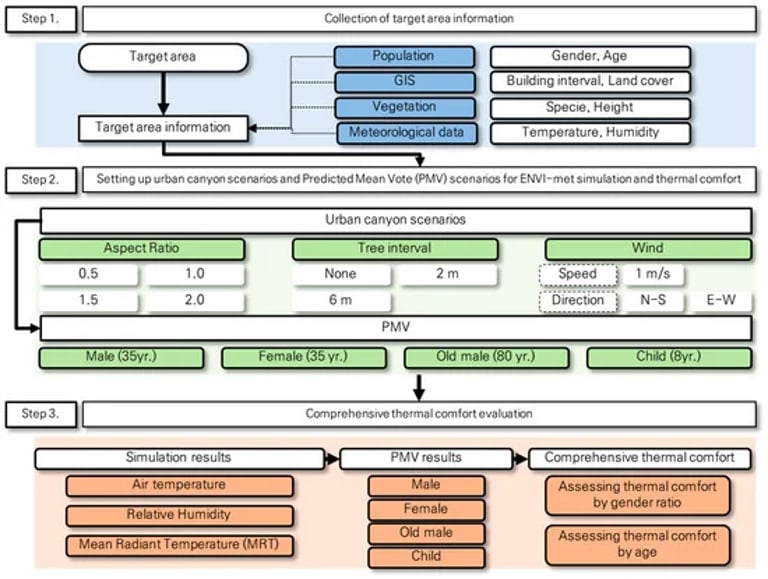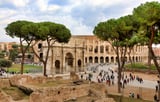Urban Greenery: A Vital Solution to Combat Heat Waves and Boost Public Health
August 19, 2024
Urban vegetation plays a crucial role in regulating temperatures, which can lead to improved public health outcomes.
Modern cities exacerbate the urban heat island effect, causing local temperatures to rise by 10 to 20 degrees Fahrenheit.
This effect is driven by factors such as deforestation, heat-absorbing materials, and waste heat from vehicles and buildings.
Urban morphology, including the types and materials of buildings, significantly contributes to the formation of urban heat islands and increases heat stress during summer.
The research emphasizes the need for cities to adapt their designs to enhance thermal comfort, particularly as urbanization trends continue.
Incorporating urban greenery and strategic design in city planning is essential to mitigate the effects of heat.
Cities can bolster their resilience to rising temperatures by increasing green cover and utilizing cool roofing materials.
Simple urban heat management strategies, such as increasing tree cover and using reflective materials, can significantly lower city temperatures.
Research indicates that effective urban heat management can reduce temperatures by over 10 degrees Fahrenheit and decrease heat-related premature deaths by 20-60% in various U.S. cities.
Planting trees across half of available space can lower summer afternoon temperatures by 5-10 degrees Fahrenheit and reduce heat-related deaths by 40-50%.
The study found that women and older adults are more thermally vulnerable compared to men and younger individuals.
Despite rising global temperatures, some city blocks remain cooler during heat waves due to effective historical urban design strategies.
Summary based on 2 sources
